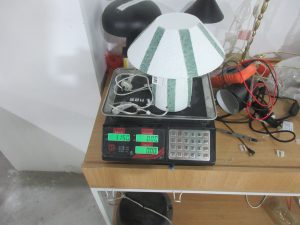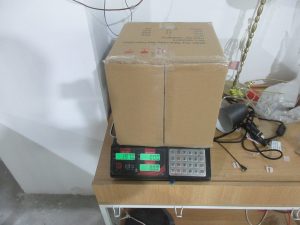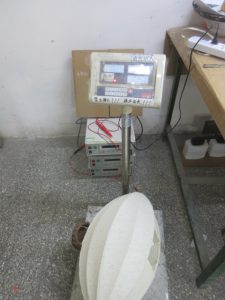While weight testing may seem simple, implementing a standardized, traceable system within the inspection process requires method and rigor.

Precision Equipment: We use digital scales with accuracy up to ±1g, suitable for different product sizes and weights.
Reference Data: Each product model has pre-defined gross and net weight standards, confirmed during the prototype or first production batch.
Sampling: A certain percentage (e.g., 5%–10%) of products from each batch are selected for testing.
Recheck if abnormal: Any items showing abnormal results are unpacked and checked for missing components.
Photo Documentation: For abnormal results, we record the weight, packaging, product batch, and other key details.

2. Frequency and Sampling Ratio
Weight testing is done for every shipment
For new clients, new models, or changed suppliers, the sampling rate is increased (10%–20%)

Beyond ensuring shipping data consistency, our weight tests serve several purposes:
Confirm packaging completeness: Missing accessories can directly affect the function and user experience.
Build a product weight database: We maintain a record of standard gross/net weights for every model and version, aiding future checks.
Monitor for material deviations: If net weights consistently deviate from the standard, it may indicate material substitution or quality issues.
By applying a strict and systematic process, our weight testing helps ensure that every shipment is aligned with customer expectations and long-term quality control goals.